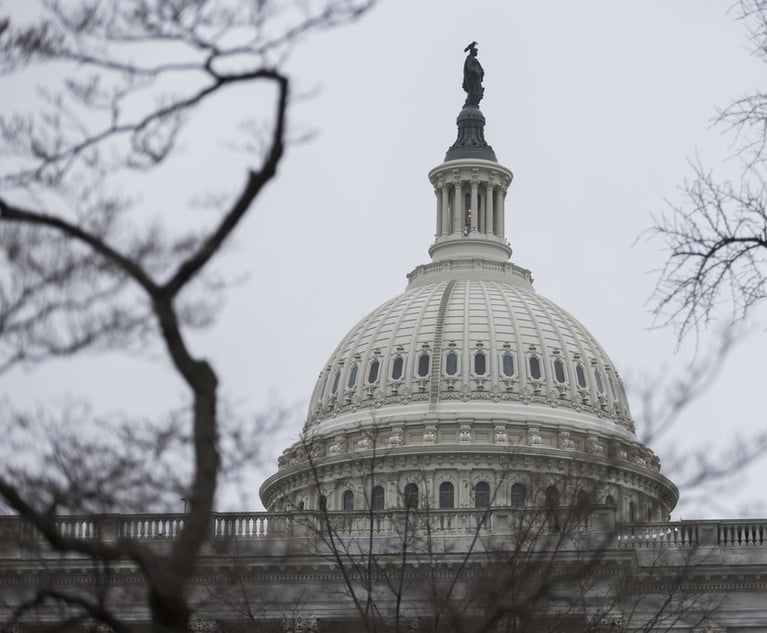Contractors and property owners often find themselves squaring off against one another in breach of contract or construction defect actions. And as co-defendants in tort lawsuits, they may be fighting one another for a ruling on the Slavin doctrine in order to absolve themselves of liability. Broadly, the Slavin doctrine provides that a contractor is not liable for negligence in work accepted by the property owner that had a patent defect discoverable upon reasonable inspection. While the application of Slavin is generally one left for the jury, trial judges are increasingly willing to resolve this issue at summary judgment. These summary judgments can be problematic where the patency of the condition is at issue because whether a condition is latent or patent is generally a question of fact for the jury.
The Slavin doctrine originates from the Florida Supreme Court’s ruling in Slavin v. Kay, 108 So. 2d 462 (Fla 1958), providing that contractors are not liable for negligence if a property owner accepts the work; and the alleged defect is a patent defect that the owner could have discovered had it made a reasonable careful inspection. If the alleged defect is found to be latent, then the contractor remains liable. The test for patency is whether the dangerousness of the condition was obvious had the owner exercised reasonable care. This test involves a factual determination and is therefore usually submitted to the jury.


 Morgan Weinstein and Michael Levine. Courtesy Photos
Morgan Weinstein and Michael Levine. Courtesy Photos




